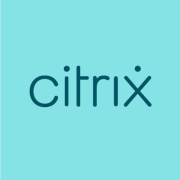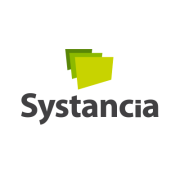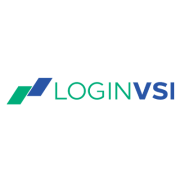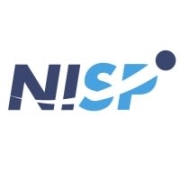Virtual Desktop Infrastructure (VDI) allows organizations to host desktop environments on a centralized server. This enables remote access to desktops and applications, enhancing flexibility and productivity.
VDI leverages virtualization technology to provide users with a consistent and seamless desktop experience across different devices and locations. By centralizing desktop management, businesses can reduce IT costs, enhance data security, and enable remote work. Users appreciate the user-friendly interface and scalability, making onboarding and deployment processes smoother. VDI solutions are adaptable, catering to varying business needs and sizes.
What are the critical features of VDI?In industries such as healthcare and finance, VDI solutions are implemented to support stringent data security requirements and facilitate remote work capabilities. In education, VDI offers flexible learning environments through digital classrooms that students can access from anywhere.
VDI is beneficial for organizations as it addresses current work trends that include remote access, flexibility, and security. Clients appreciate the capability to scale resources as required, accommodating fluctuating demands efficiently without compromising performance or security.









































Virtual desktops can fill several purposes. First, they enable users to access their desktop, applications, and data from anywhere and from any device. Also, virtual desktops promote collaboration, since most solutions allow for users to work on the same documents and projects remotely, to share data and docs, and even to communicate within the virtual desktop environment.
More organizations are moving to desktop virtualization because it provides business continuity and makes workloads more efficient. Desktop virtualization provides a way for organizations to continue operations even in moments of crisis or with a geographically distributed workforce.
VDI can significantly enhance your organization's security by centralizing data and applications within a secure data center. This reduces the risk of data breaches as sensitive information is not stored on local devices. You can implement stricter access controls and deploy updates seamlessly across all virtual desktops to ensure compliance with security policies.
What are the cost benefits of implementing VDI?Implementing VDI can lead to substantial cost savings by extending the lifecycle of existing hardware. Since processing is handled by the data center, you can use less expensive end-user devices. Operational costs decrease as IT maintenance becomes easier and faster with centralized management, reducing the need for on-site technical support.
How does VDI enhance remote working capabilities?VDI enhances remote working by providing employees with secure access to the same desktop environment they would have in the office. Wherever they are located, they can connect to the virtual desktops through the internet, ensuring continuity in work processes. This leads to increased productivity and flexibility without compromising on security.
What performance issues might you encounter with VDI, and how can they be addressed?Common performance issues with VDI include slow login times and application latency. To address these, ensure your network has sufficient bandwidth and low latency. Properly configuring the storage solutions and regularly monitoring VDI performance can help identify and resolve bottlenecks quickly.
How does VDI integrate with hybrid cloud environments?VDI can seamlessly integrate with hybrid cloud environments, offering flexibility in resource allocation and scalability. You can run virtual desktops in a private cloud while leveraging public cloud resources during peak usage times. This integration helps optimize costs and improves disaster recovery capabilities, ensuring business continuity.